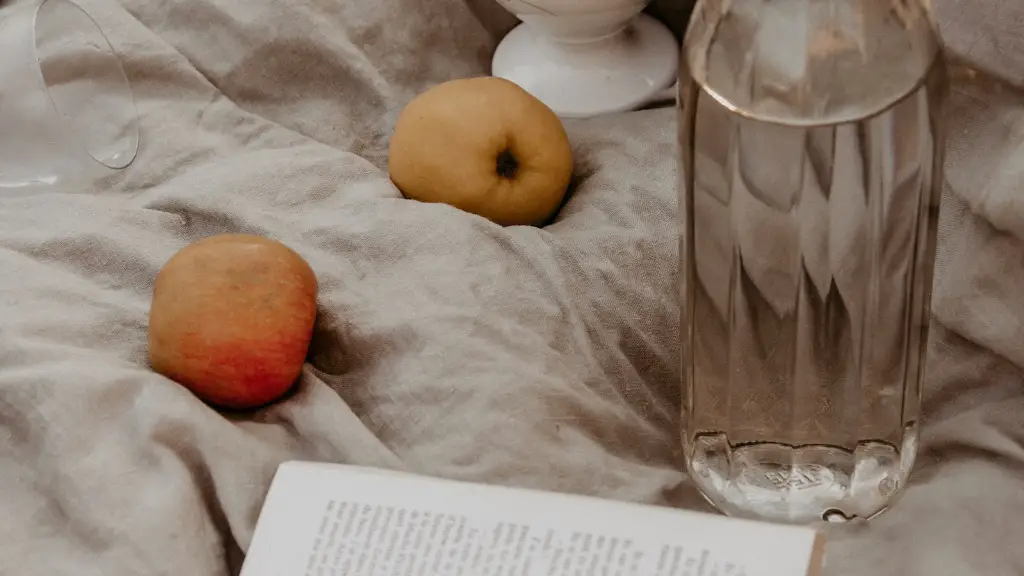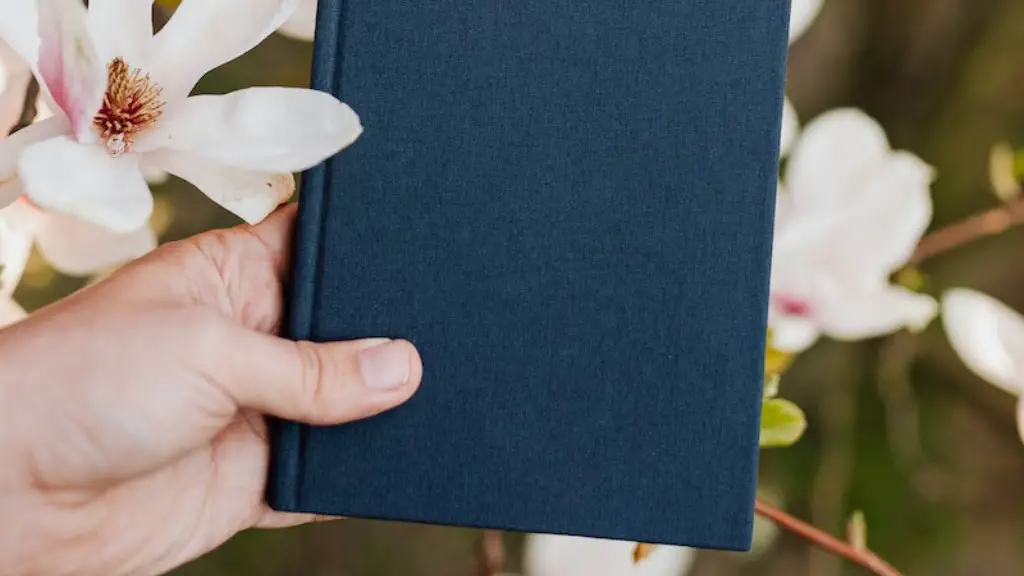Overview
Citing poetry lines in MLA format has always been a challenging task for students and researchers. In order to properly acknowledge and attribute someone else’s work, it is important to cite the source accurately. This article will provide an overview of the basic conventions when citing poetry lines in MLA format. Specifically, it will illustrate how to include the poem’s author and title in the text, provide a parenthetical citation for a line or passage, and create an entry in the works cited page.
Including The Author And Title In The Text
When citing a line of poetry, the first thing to keep in mind is to include the author and title of the poem in the text. This is an important step that is sometimes overlooked and can lead to incorrect citations. Including the author and title in the text clearly signifies to readers what work is being cited. For example, if one is citing a line from Emily Dickinson’s poem “Hope is the thing with feathers” it might look like this:
“As Dickinson writes, ‘Hope is the thing with feathers'”
In this example, the author’s name and the title of the poem are both provided in the sentence. This provides context and a reference point for readers to go back and find the original source.
Providing a Parenthetical Citation
Once the author and title of the poem have been mentioned in the text, a parenthetical citation should be provided for the specific line or passage. For example, if one is citing the last line of Emily Dickinson’s poem it might look like this:
“Hope is the thing with feathers— that perches in the soul— (Dickinson 2)”
In this example, the author’s name is provided in the parenthetical citation, as well as the line number (note that the line numbers can change depending on the source). Providing a parenthetical citation instantly signals to readers what text is being referenced.
Creating An Entry In The Works Cited Page
In addition to providing a parenthetical citation within the text, an entry should be created in the works cited page. This entry should include all the necessary information for readers to go back and find the original source. For a poem, the most important information includes:
• The author’s name
• The title of the poem
• The publication information
For example, an entry for Emily Dickinson’s poem “Hope is the thing with feathers” might look like this:
Dickinson, Emily. “Hope is the thing with feathers.” Poetry Foundation, Poetry Foundation, www.poetryfoundation.org/poems/45385/hope-is-the-thing-with-feathers-56d22bb7f7658.
Understanding Punctuation for Poetry Citations
When citing a line of poetry, it is important to be mindful of punctuation. This is because line breaks are an important part of the poem’s structure. Therefore, it is best to follow the original punctuation and line breaks exactly as they appear in the source. This can be done by following these two simple guidelines:
• Use slashes to indicate line breaks (“/”)
• Include punctuation that is part of the line (like commas, periods, etc.)
For example, the parenthetical citation for Robert Frost’s poem “The Road Not Taken”might look like this:
“Two roads diverged in a wood, and I—
I took the one less traveled by,/ And that has made all the difference.” (Frost 1-2)
By following these punctuation guidelines, readers will have a clear understanding of what lines or passages are being cited.
Best Practices When Citing Poetry Lines
The best way to ensure accuracy and clarity when citing poetry lines is to create an in-text parenthetical citation that includes the author’s name and the line number. Additionally, it is important to provide an entry in the works cited page that includes all required information for readers to find the original source. Finally, it is essential to pay close attention to any punctuation or line breaks when creating citations, as these are often important to understanding the poem’s structure.
Using Secondary Sources
When citing from a secondary source, such as a book, article, or website, it is important to include both the author of the original poem and the author of the secondary source. For example, if one is citing a passage from a book about Emily Dickinson it might look like this:
“As Dickinson writes, ‘Hope is the thing with feathers’ (Davis 23)”
The secondary source would then be included in the works cited page.
Citing Multiple Lines From A Poem
When citing multiple lines from a poem, it is important to include the author and title in the text as well as a parenthetical citation for each line. For example, if one is citing four lines from John Keats’ poem “Ode to a Nightingale” it might look like this:
“As Keats writes in ‘Ode to a Nightingale’: ‘Away! Away!/ For I will fly to thee./ Not charioted by Bacchus and his pards,/ But on the viewless wings of Poesy’ (Keats 1-4).
For this example, the author and title are provided in the text, as well as a parenthetical citation for each line being cited.
Conclusion
When citing poetry lines in MLA format it is important to keep a few key points in mind. Firstly, the author and title of the poem should be included in the text. Secondly, it is important to include a parenthetical citation for each line or passage. Thirdly, an entry should be created in the works cited page. Additionally, one should pay close attention to punctuation and line breaks. Finally, if citing a secondary source, the author of the original poem and the author of the secondary source should be cited. When followed properly, these guidelines should ensure that poetry lines are cited accurately.


